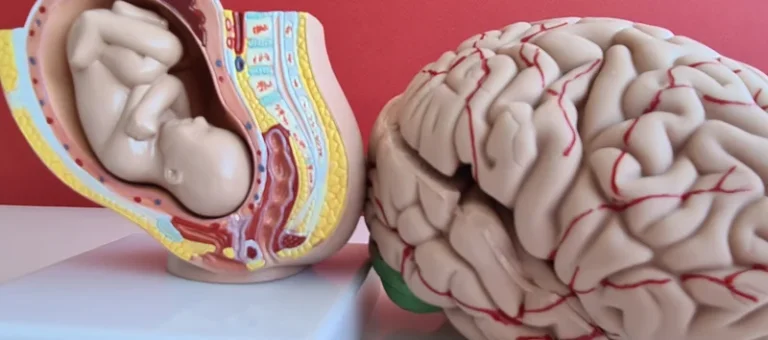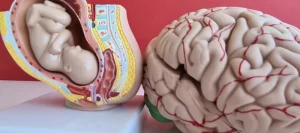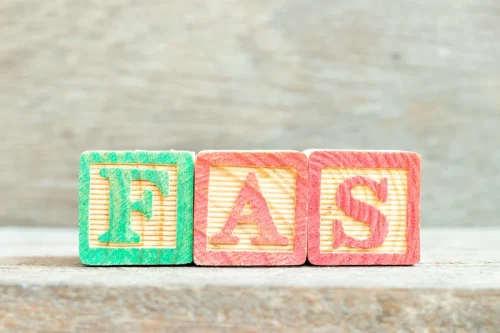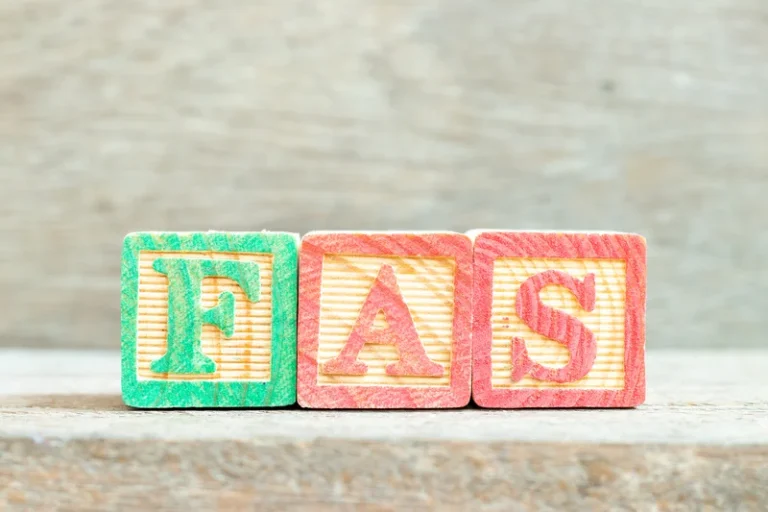Efficacy of Ketamine in the Treatment of Substance Use Disorders: A Systematic Review PMC

Our overall objective is to provide a review of the recent literature on the efficacy of ketamine in the treatment of SUDs. In addition to its anesthetic applications, ketamine proves invaluable in pain management, addressing treatment-resistant depression, managing suicidal ideation, and treating refractory status epilepticus, with specific indications awaiting FDA approval. The dosage determines the application and resulting effects of the drug, leading to variations in the prescribing protocol. This versatility renders ketamine valuable in both anesthesia and pain management. Ongoing research explores the potential applications of ketamine in psychiatry across all isomeric forms. At elevated doses, ketamine operates primarily as a sedative rather than an analgesic agent.
Delayed Effects of Ketamine Use
- People who use it claim that a ketamine trip is superior to a PCP or LSD trip because it produces shorter-term hallucinations that last 30 minutes to an hour instead of several hours.
- We found 2 potentially relevant publications from the grey literature search.
- It is used under strict medical supervision and is not used by patients at home.
- Research to optimise adjunctive psychotherapy and the broader ‘set and setting’ of ketamine experiences are also required to estimate the parameters of ketamine effects in the context of psychological health.
- Schedule III drugs also have a risk of causing physical or psychological dependence.
Ketamine in its liquid form can be easily mixed into an alcoholic beverage or added to marijuana joints. Mixing ketamine with alcohol or other depressants is especially dangerous, as ketamine is itself a depressant. The best way to prevent ketamine overdose and addiction is to avoid recreational ketamine use. If you or someone you care about need some help with ketamine or other substance misuse, please call our admissions navigators today at .
Extent of Abuse
Children metabolize ketamine faster than adults, so higher dosing is required. There are no physical withdrawal symptoms with ketamine, so ketamine addiction ketamine addiction is sometimes called a psychological dependence. The SR by Kelson et al. (2023)16 included 3 studies that appraised the effectiveness of ketamine compared with alternative interventions for the treatment of AUD. The SR by Walsh et al. (2021)17 and the included primary study by Terasaki et al. (2022)18 reported ketamine-related adverse events (AEs) during treatment of CUD, OUD and AUD.
- In general, injecting, snorting or smoking a drug is more likely to cause serious side effects than swallowing the same dose of the drug.
- It’s a really ugly thing for people to look at, but you’re personally in the total state of bliss and happiness.
- From a more practical standpoint, evaluating modes of administration such as intramuscular and intranasal, which are less invasive and demanding of clinical resources, may be important for reducing barriers to access.
- Patients in the included primary study by Terasaki et al. (2022)18 were adults with severe AUD, who had been hospitalized in the previous year.
- The authors declare that the research was conducted in the absence of any commercial or financial relationships that could be construed as a potential conflict of interest.
Ketamine Abuse Treatment

Higher doses (typically injections) can lead to an effect known as the “k-hole,” where the individual has what is described as a near-death or out-of-body experience and feels completely detached from reality. The drug can make its user feel numb, which may lead to accidents and serious injuries. Ketamine intoxication can present similarly to PCP, methoxetamine, and dextromethorphan intoxication, all of which bind to the N-methyl-D-aspartate receptor. Also, providers should consider intoxication with alcohol, amphetamine, cocaine, LSD, MDMA, and salicylate, as well as delirium tremens from alcohol withdrawal. Malignant hyperthermia that develops after succinylcholine or volatile anesthetics such as halothane, and side effects from antihistamines like diphenhydramine and anticholinergics such as benztropine, can also mimic signs of ketamine intoxication.

In the SR by Kelson et al. (2023),16 treatment durations of the included studies for AUD varied from 1 week to 3 months, and the follow-up periods varied from 1 hour postperfusion to 3 years posttreatment. In the SR by Walsh et al. (2021),17 follow-up periods for the treatment of CUD were 24 hours and 2 weeks, and follow-up period for OUD was 4 months. Patients in the included primary study by Terasaki et al. (2022)18 were adults with severe AUD, who had been hospitalized in the previous year. The proportions of male and female participants were 79.5% and 20.5%, respectively. The mean number of daily drinks at baseline was 12.0, the mean number of previous-year emergency department visits was 10.9, and the mean number of previous-year hospital admissions was 3.2. Patients in the relevant studies included in the SR by Walsh et al. (2021)17 were adult patients with cocaine dependence (4 studies) or opiate withdrawal syndrome (1 study).

The Therapeutic Effects of Ketamine in Mental Health Disorders: A Narrative Review
- The outcomes reported in the included primary study by Terasaki et al. (2022)18 were alcohol-related clinical outcomes including all-cause 30-day hospital readmission, all-cause 30-day emergency department visit, and 14-day clinic attendance.
- It is suggested that a time period of five days after the infusion of ketamine may be the appropriate time to start ECT, but the safety and efficacy of different treatment regimens would need to be studied.
- None of the SRs16,17 reported the sources of funding for the included studies.
- Mixing drugs is always risky but some mixtures are more dangerous than others.
- Ketamine’s dissociative effects are so powerful that it is commonly referred to as a “date rape drug.” When ingested, ketamine can cause users to hallucinate (experience visual and auditory disturbances).
- The available strengths include 200 mg/20 mL (10 mg/mL), 500 mg/5 mL (100 mg/mL), and 500 mg/10 mL (50 mg/mL).
But getting treatment now can put you back on the road to a successful and enjoyable life. If you have any rehab-related questions please contact a treatment provider today. According to the 2013 National Survey on Drug Use and Health in the United States, an estimated 2.3 million people aged 12 or older used ketamine in their lifetimes, with 203,000 users in 2013.
What are the Risks of Ketamine Use?
Many accidental overdoses occur when a user attempts to reach the “k-hole.” Because it is a tranquilizer, complete loss of mobility can occur; this is especially dangerous if the user cannot ask for help. Respiratory failure is the leading cause of death from a ketamine overdose. Ketamine overdose symptoms are similar to those of PCP overdose, although the effects of ketamine tend to resolve more quickly. Physical signs and symptoms are dose-dependent through the loss of consciousness.
Ketamine’s duration of efficacy for treatment of acute suicidal ideation should be further researched before more concrete conclusions can be made. Additionally, intranasal esketamine, has shown to significantly increase resolution for suicide risk 24 hours after the first dose 18. Having an easily useable ketamine for acute suicide risk may be crucial for those that cannot reach the hospital or other treatment facility. Even at lower doses, ketamine can impair your motor functions and cause disorientation, hallucinations, numbness, uncontrollable eye movements, drowsiness, changes in perceptions of color and/or sounds, slurred speech, and nausea. High doses of ketamine can also cause these symptoms, plus severe respiratory depression, increased or decreased heartbeat, dizziness, muscle weakness, muscle twitches and stiffness, impaired vision, amnesia, immobility, agitation, aggression, and flashbacks.

Post-traumatic stress disorder
The people who were dependent on alcohol got ketamine through an IV during the second week of a 5-week motivational enhancement therapy session. Ketamine is an anesthetic, meaning it lowers a person’s sensitivity to pain. People using ketamine can become disoriented and get hurt without realizing it.